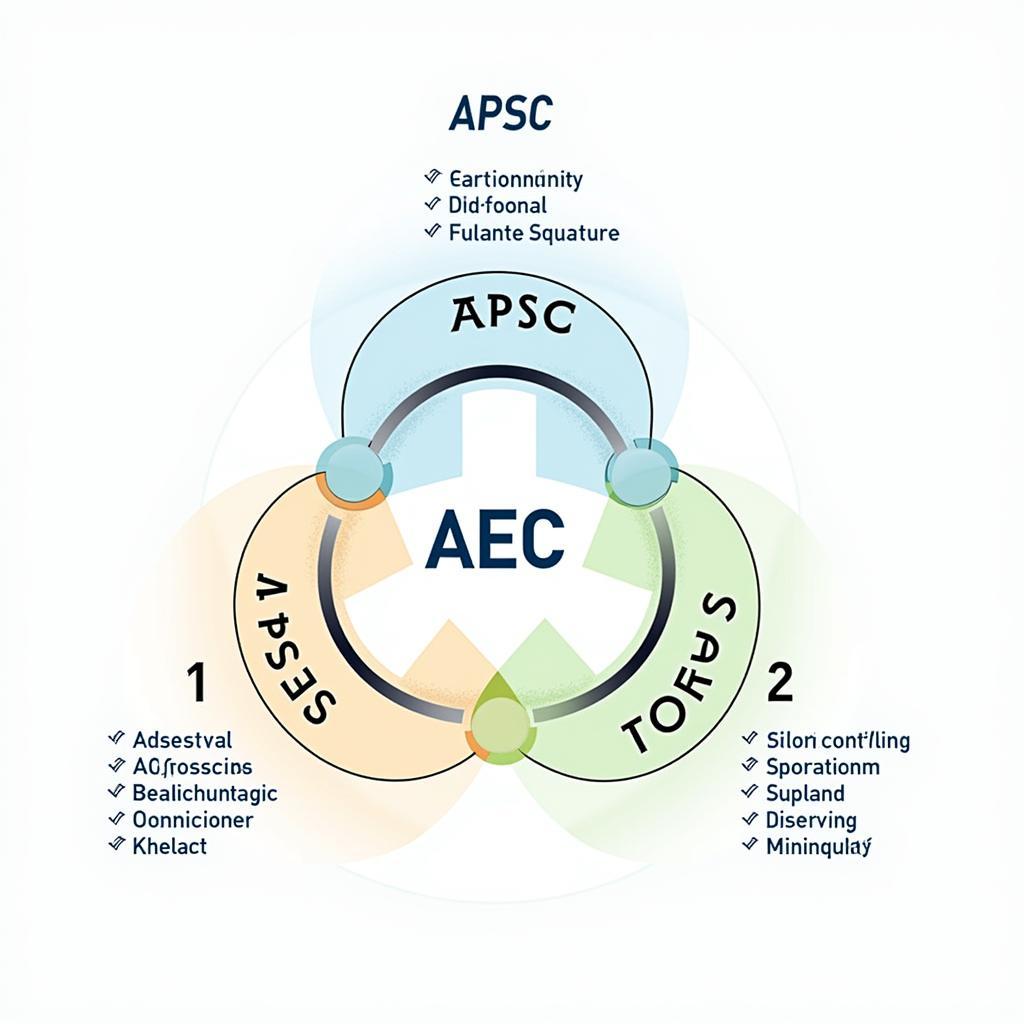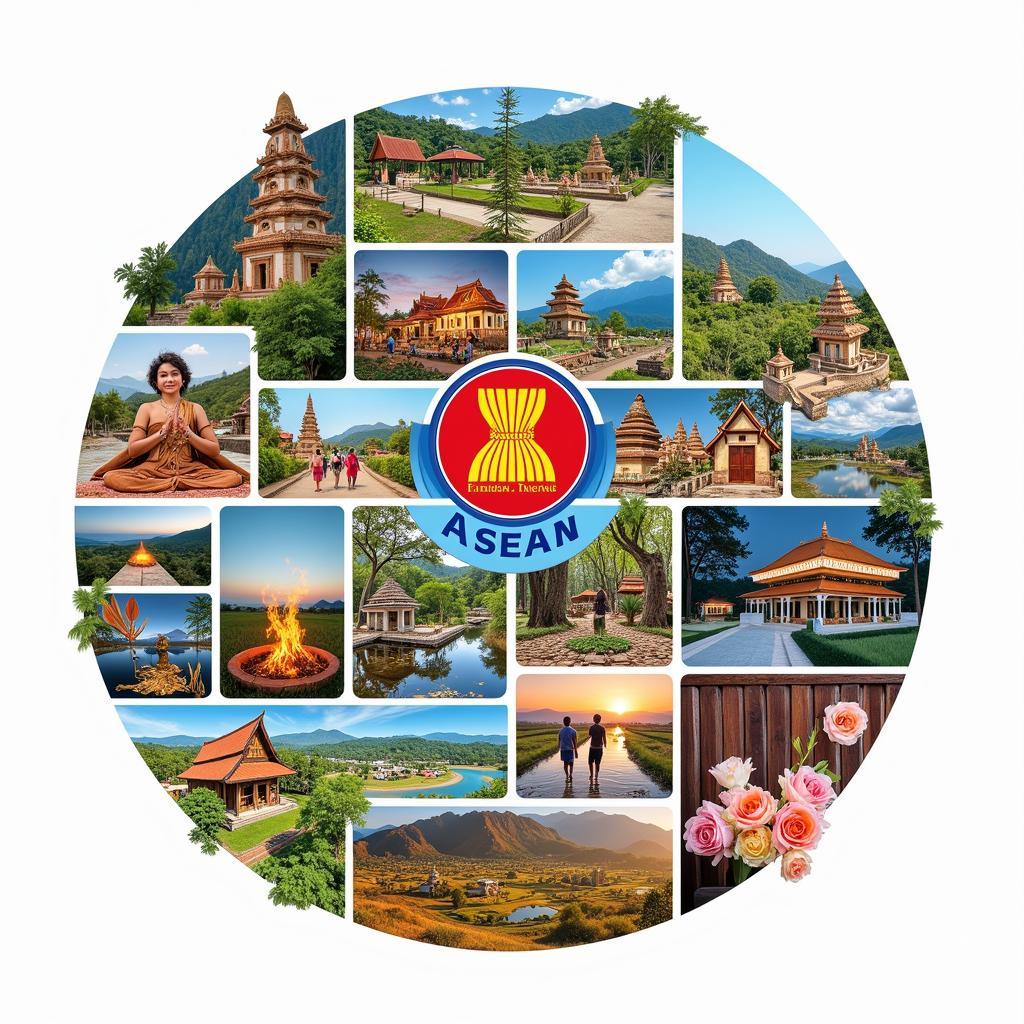The Asean Blueprint, adopted in 2007, stands as a testament to the Association of Southeast Asian Nations (ASEAN)’s commitment to fostering regional integration and achieving shared prosperity. This comprehensive roadmap outlines a strategic vision for a more integrated, cohesive, and globally competitive ASEAN Community.
Unveiling the ASEAN Blueprint: Pillars of Progress
The ASEAN Blueprint is structured around three fundamental pillars, each addressing crucial aspects of regional development:
-
ASEAN Political-Security Community (APSC): This pillar aims to establish a peaceful and stable region through enhanced political cooperation, conflict resolution mechanisms, and collaborative security efforts. It encompasses key areas like combating transnational crime, promoting human rights, and fostering a culture of peace and dialogue.
-
ASEAN Economic Community (AEC): Focusing on creating a single market and production base, the AEC pillar seeks to enhance ASEAN’s economic competitiveness and attract foreign investment. It promotes trade liberalization, facilitates the free flow of goods, services, skilled labor, and capital, and encourages closer economic integration among member states.
-
ASEAN Socio-Cultural Community (ASCC): Recognizing the importance of a people-centered approach, the ASCC pillar aims to build a cohesive and harmonious ASEAN Community. It focuses on narrowing the development gap within the region, promoting social justice, and enhancing human development through initiatives in education, healthcare, cultural exchange, and environmental protection.
 ASEAN Blueprint Pillars
ASEAN Blueprint Pillars
Transformative Impact of the ASEAN Blueprint: Achievements and Aspirations
Since its implementation, the ASEAN Blueprint has yielded significant progress in various sectors. The region has witnessed enhanced political dialogue, strengthened security cooperation, and a more coordinated approach to address regional challenges. Economically, ASEAN has emerged as a dynamic hub, with increased intra-ASEAN trade and investment, as well as improved connectivity and infrastructure development.
 ASEAN Economic Growth
ASEAN Economic Growth
The ASEAN Blueprint has also facilitated closer people-to-people ties, promoting cultural exchange programs, educational collaborations, and a stronger sense of ASEAN identity. The pursuit of sustainable development goals remains a priority, with member states working collectively to address climate change, environmental degradation, and disaster management.
Evolving ASEAN Blueprint: Adapting to a Changing World
The ASEAN Blueprint is a living document, constantly evolving to address emerging challenges and opportunities. The region recognizes the need to enhance its relevance in a rapidly changing geopolitical landscape, characterized by technological advancements, global uncertainties, and evolving power dynamics.
To further strengthen regional integration and ensure the blueprint’s continued relevance, ASEAN has embarked on several initiatives:
- Deepening Economic Integration: Efforts are underway to further liberalize trade, harmonize regulations, and facilitate the movement of skilled labor within ASEAN. The focus remains on fostering innovation, promoting digital connectivity, and enhancing the region’s competitiveness in the global value chain.
- Strengthening Connectivity: ASEAN acknowledges the crucial role of seamless connectivity in promoting economic growth and social development. Initiatives focus on enhancing physical infrastructure, digital connectivity, and people-to-people links to create a more integrated and interconnected region.
- Promoting Sustainable Development: Recognizing the urgent need to address climate change and environmental degradation, ASEAN is committed to promoting green growth strategies, sustainable development practices, and collective action on environmental issues.
- Enhancing ASEAN’s Global Role: ASEAN aims to play a more proactive and influential role in shaping the global agenda. The region is committed to strengthening partnerships with external actors, promoting multilateralism, and contributing to a rules-based international order.
The ASEAN Blueprint: A Vision for a Shared Future
The ASEAN Blueprint represents a shared vision of a prosperous, peaceful, and people-centered ASEAN Community. By fostering closer integration, promoting sustainable development, and enhancing its global role, ASEAN aims to create a brighter future for its people and contribute to regional and global stability.
 ASEAN Blueprint Community
ASEAN Blueprint Community
FAQs about the ASEAN Blueprint
1. What are the main goals of the ASEAN Blueprint?
The ASEAN Blueprint aims to achieve closer economic integration, enhance regional security and political cooperation, and promote sustainable development and social progress within the ASEAN region.
2. How does the ASEAN Blueprint benefit ASEAN citizens?
The ASEAN Blueprint aims to create a more prosperous, stable, and interconnected region, offering citizens greater economic opportunities, improved living standards, enhanced security, and a stronger sense of shared identity.
3. What are some of the key challenges facing the implementation of the ASEAN Blueprint?
Some challenges include narrowing the development gap among member states, addressing non-traditional security threats, promoting good governance and human rights, and adapting to a rapidly evolving global landscape.
Need More Information on the ASEAN Blueprint?
Explore these related articles on our website:
For any inquiries or assistance, please contact our dedicated team at:
Phone: +84 369020373
Email: [email protected]
Address: Thon Ngoc Lien, Hiep Hoa, Bac Giang, Vietnam.
We are available 24/7 to assist you.

